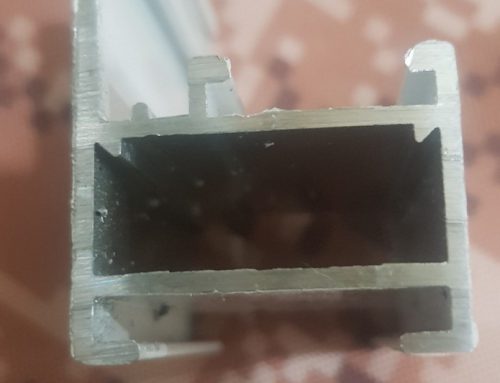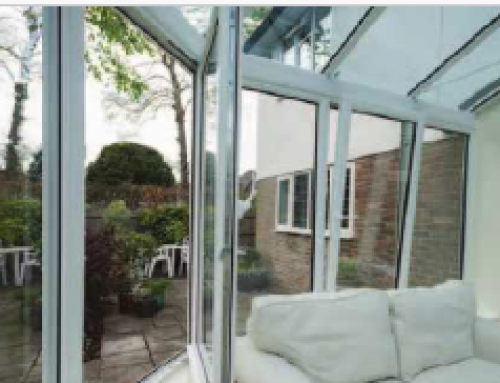Frameless glass facades are redefining the look and function of commercial buildings. By eliminating bulky frames, they create seamless transparency, enhance natural light, and improve energy efficiency with insulated glass units. These systems are not only stylish but also sustainable, reducing structural loads and supporting eco-friendly construction. Popular in office towers, malls, and modern urban spaces, frameless facades provide both elegance and performance. As cities grow, glass architecture becomes a symbol of innovation and progress, offering durability, sound insulation, and aesthetic appeal. Frameless facades are the future of sustainable design for commercial spaces.
🏢 Frameless Glass Facades for Modern Commercial Buildings

1️⃣ The Rise of Frameless Glass Facades in Commercial Buildings
Frameless glass facades are transforming commercial buildings, offering sleek aesthetics and modern efficiency. Unlike traditional framed systems, frameless facades remove bulky profiles, creating seamless transparency. This design enhances natural light, reduces visual barriers, and provides an elegant look that appeals to architects and investors in shopping centers, office towers, and high-rise projects.
2️⃣ Why Commercial Buildings Choose Frameless Glass Systems
Commercial buildings benefit greatly from frameless glass systems. These facades improve energy efficiency through insulated glass units (IGUs), offering better thermal and sound insulation. They also enhance branding value by making buildings stand out with a futuristic design. Many companies and developers see frameless facades as a long-term investment that combines durability, sustainability, and elegance.
3️⃣ Glass Architecture and the Future of Urban Spaces
Glass architecture, a close synonym of commercial facade design, is redefining urban skylines. By replacing opaque walls with transparent glass, cities achieve brighter, more sustainable, and people-friendly environments. Glass facades act as both a functional barrier and a symbol of innovation, reshaping how residents and visitors interact with modern architecture.
4️⃣ Benefits of Frameless Glass for Sustainable Building Design
Frameless facades support eco-friendly construction by reducing artificial lighting needs and improving energy efficiency. Their lightweight design lowers structural loads, while high-quality sealing ensures protection against air leakage and noise pollution. In tall towers, malls, and office complexes, frameless systems not only elevate aesthetics but also deliver long-term sustainability.
Frameless Glass Facades in Commercial Buildings :
Frameless glass facades are revolutionizing the design of commercial buildings, bringing both aesthetic and functional advantages. By eliminating heavy frames, these facades create a sleek and seamless surface that maximizes transparency and natural daylight. This not only enhances the visual appeal of commercial spaces but also reduces reliance on artificial lighting, lowering energy costs. Insulated glass units further improve thermal performance, helping commercial buildings achieve higher energy efficiency standards. Architects and developers increasingly choose frameless facades for office towers, shopping malls, and other high-traffic commercial buildings, where elegance and durability are equally important. Beyond style, these facades reduce structural loads, provide excellent sound insulation, and contribute to eco-friendly construction practices. As modern cities expand, frameless glass facades symbolize innovation and sustainable progress, making them a preferred choice for the future of commercial architecture.
—————————————————————————————————————————————————————————————–
“If you are searching for scientific articles in these areas, please visit this link.”

Commercial buildings
————————————————————————————————————————————————————————————–
In conclusion, frameless glass facades have become a defining element in commercial buildings, combining aesthetics, energy efficiency, and sustainability. They allow architects to design transparent, modern structures that reduce environmental impact while enhancing urban beauty. However, to achieve the best results, it is crucial to compare frameless facades with other architectural solutions. For instance, this article about the advantages and disadvantages of using windows in modern architecture can provide valuable insights into how traditional window systems perform compared to advanced glass facades. Such internal connections help readers make informed decisions for long-term building performance.
—————————————————————————————————————————————————————————————





Leave A Comment